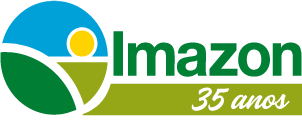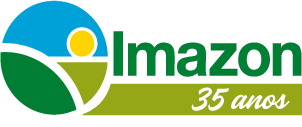Não conseguimos encontrar a internet
Tentando reconectar
Algo deu errado!
Aguarde enquanto voltamos ao normal

Imazon 35 years: The birth of the first research NGO in the Amazon
10/07/25The institute was founded on July 10, 1990, with the mission it maintains to this day: to promote conservation and sustainable development in the Amazon
It was when Brazil was living through the last years of the Military Dictatorship and was submerged in a deep economic crisis that led to hyperinflation and an increase in social inequality, in the period that became known as the “lost decade” (1980-1990), that images of the destruction of the Amazon rainforest began to gain prominence in the headlines of the national and international press. And words like deforestation, burning, timber extraction, and illegal mining began to become part of Brazilians’ daily lexicon.
At that time, American ecologist Christopher Uhl (1949-2025), a professor at Pennsylvania State University, was working as a visiting researcher at Embrapa, where he conducted research on degraded areas in eastern Pará. He began studying the Brazilian Amazon after completing his doctorate in Plant Ecology at Michigan State University in 1980. After investigating, in his thesis, the impacts of agriculture in the Rio Negro region, Venezuela, he became aware that the Amazon rainforest was under severe threat from deforestation in Brazil and decided to direct efforts to research the region. “I realized that if I really wanted to understand how human activities were impacting forests, I would need to shift my focus to the Brazilian Amazon, where disturbances were becoming so extensive and prolonged that they threatened the integrity of the biome,” Uhl said in an interview for Imazon in 2020.
The scientist’s stay in Pará came through a scholarship from the Man and the Biosphere Program of the United Nations Educational, Scientific and Cultural Organization (UNESCO), which focused on studying the ecological impacts of cattle ranching in the state. “It was also at that time that I realized that the Amazon was not only being impacted by agriculture and cattle ranching, but also by timber extraction, creating large openings in the forest and the proliferation of fires,” the researcher said in the same interview.
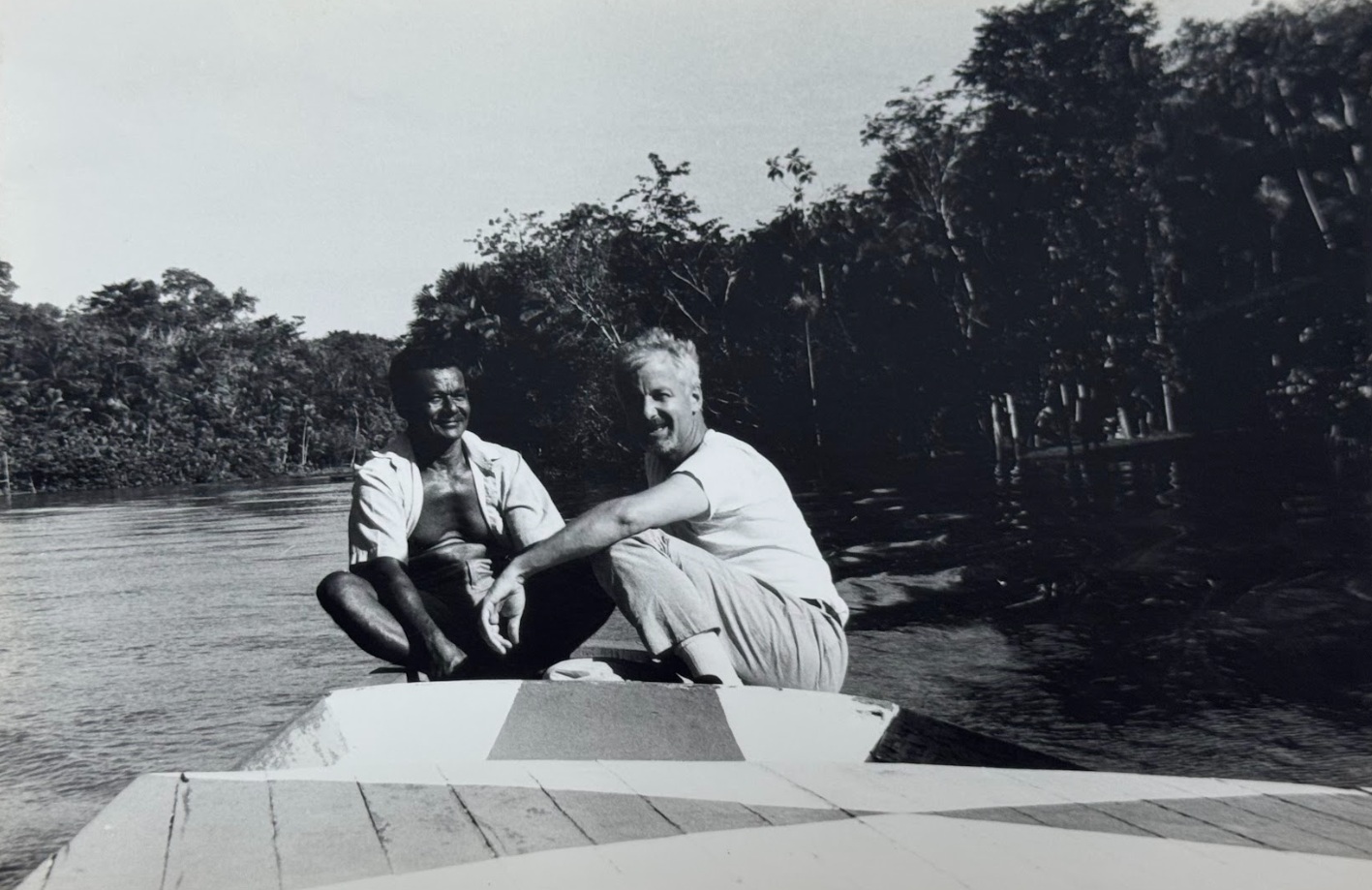
Upon receiving a second scholarship, this time to investigate timber exploration in Pará, Uhl recruited a group of young people “concerned about what was happening in the Amazon” to help him. Among them were two recent graduates from the Federal Rural University of the Amazon (UFRA) in Belém: Beto Veríssimo, in Agronomic Engineering, in 1988, and Paulo Barreto, in Forest Engineering, in 1989.
“Although they were all novices when it came to forest research, they were full of intelligence, common sense, and determination. Together, we spent a year in the field and produced a series of four case studies on the different impacts of logging in distinct regions of Pará. Overall, the results revealed that the activity was being conducted randomly and wastefully, resulting in prolonged regeneration times and increased fire risk,” Uhl recalled in 2020.
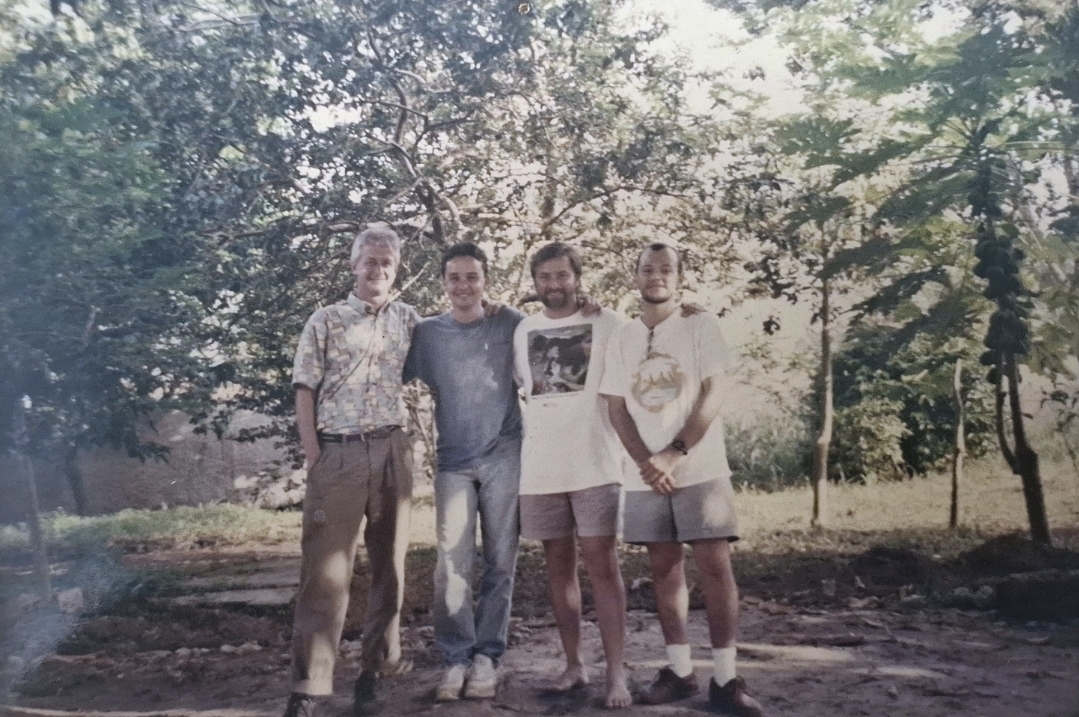
According to Barreto, the group was formed because Uhl was concerned about the limited understanding and rare documentation of changes in the Amazon. “He understood that the scarcity of research on these transformations weakened the debate about the problems and alternatives for the region. Furthermore, he identified a huge lack of professionals capable of documenting these phenomena,” he wrote in a letter published in 2000, commemorating Imazon’s first 10 years.
Despite these pioneering studies being published in international scientific journals, Uhl wanted to go further. “I realized that the planet’s most extraordinary and precious ecosystem was truly threatened and that it would not be enough to simply write research articles documenting the unfolding of the Amazon. Something bigger, bolder, was needed,” the scientist said in the same interview.
Barreto remembers that the dissemination of publications was a priority for Uhl. “You can publish very high-level studies in the best scientific journals, but few people read them. Chris wanted to make an additional effort for people to know the results of our research and for that to help improve decisions on how humans interact with nature,” said the forest engineer.
**Science Focus Differentiated Imazon**
The boldness Uhl was thinking of was precisely creating a scientific non-governmental organization (NGO) dedicated to promoting conservation and sustainable development in the Amazon. To this end, the American wrote a proposal and handed it to Veríssimo to read during a trip from Belém to Afuá, in the Marajó Archipelago, in the second half of 1988. “He gave me a printed text with the idea of creating a research center aimed at finding solutions for land use in the Amazon that would have social, economic, and environmental concerns. It was a proposal that had already been submitted and approved by the MacArthur Foundation, in the United States, so he had funding for it,” describes the agricultural engineer.
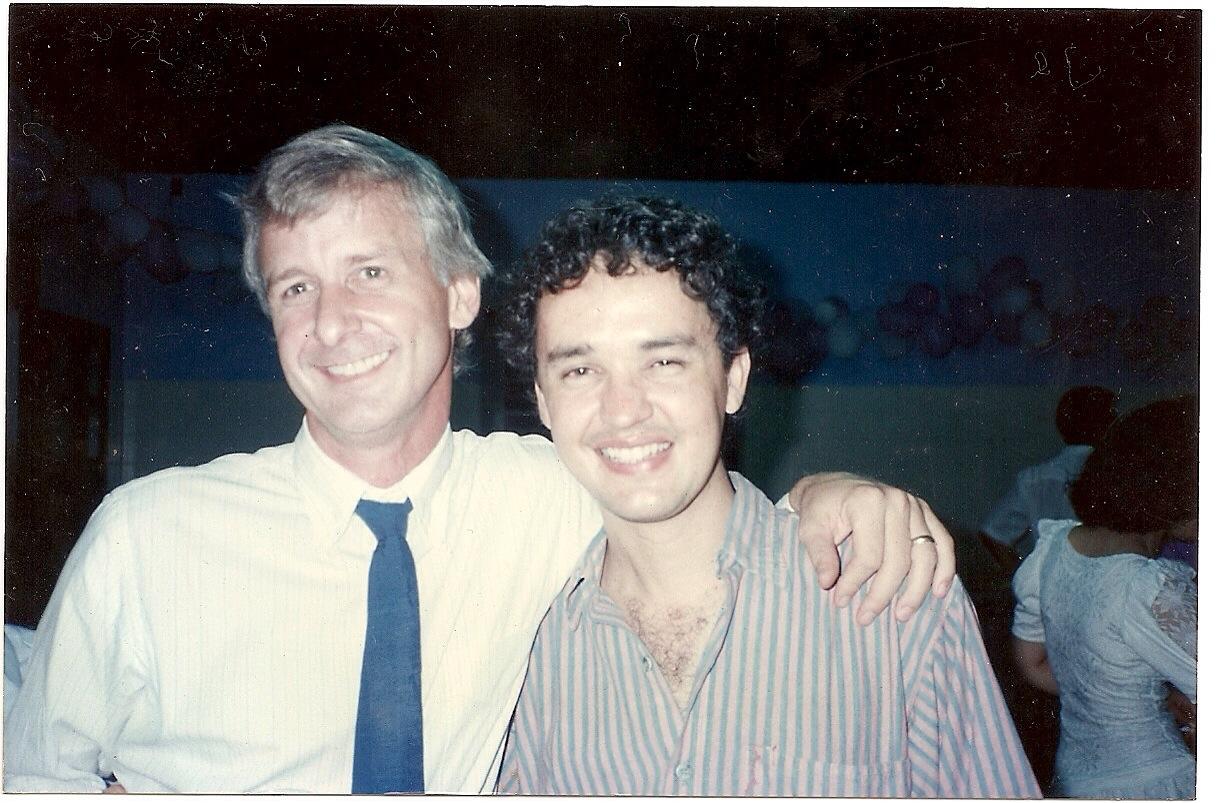
Captivated by the idea, Veríssimo began to include discussions about the creation of this NGO in the research routine. “We started holding a series of parallel meetings with people from Belém and outside about it, from researchers to decision-makers. And all these conversations were gathered into a document, which became the basis of the organization’s culture. It was a gestation process of almost two years. It wasn’t an impulse; it was very well thought out,” he remembers.
The Institute of Man and Environment (Imazon) was officially founded on July 10, 1990, in Belém, Pará. Written by hand on a letterhead, now yellowed by time, the organization’s founding minutes were signed by five people. In addition to Uhl, Veríssimo, and Barreto, Imazon’s co-founders were the surveyor and lawyer Cândido Paraguassú and the geographer David McGrath. The document also records Veríssimo’s unanimous election as the institute’s first executive director.
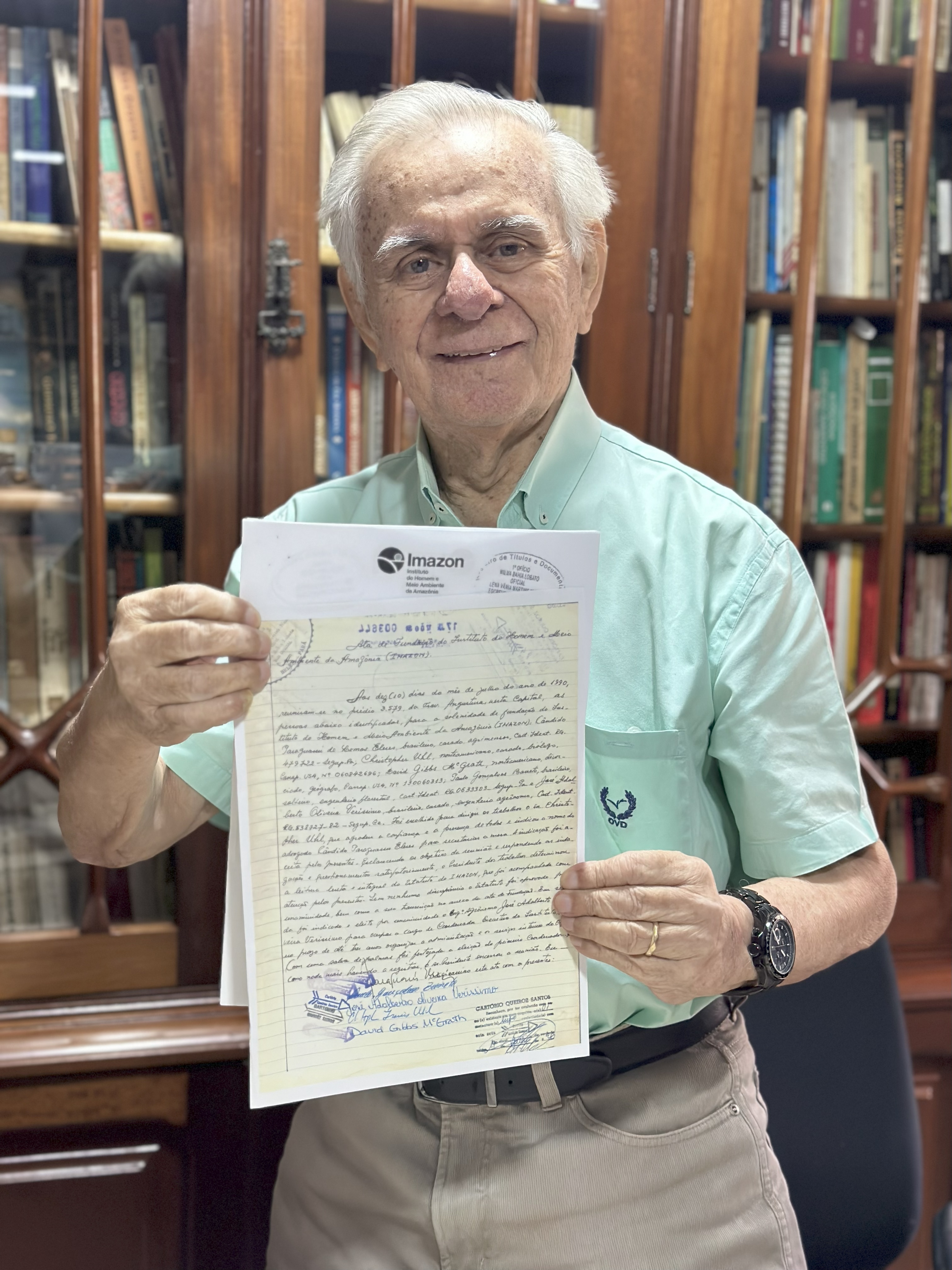
The agricultural engineer says that other environmental NGOs already existed at the time, but with activism as their central point. “Because it was a research institute, Imazon was very different; it had a different DNA. Therefore, it was a novelty,” comments Veríssimo.
Imazon’s first headquarters was a small rented house in a condominium in Ananindeua, in the metropolitan region of Belém, where five researchers began working in 1990. The following year, in 1991, the group already comprised 15 scientists. “Chris’s idea for the first three years, until 1993, was to test Imazon to see if it would work. If it worked, the results would be made public. And if it failed, it would have been an attempt,” Veríssimo recalls.
The co-founder’s dedication was so great that he even rented a house next to Imazon’s headquarters, which he shared with Barreto. “That’s also where we cooked for the other researchers, like a student house,” he says.
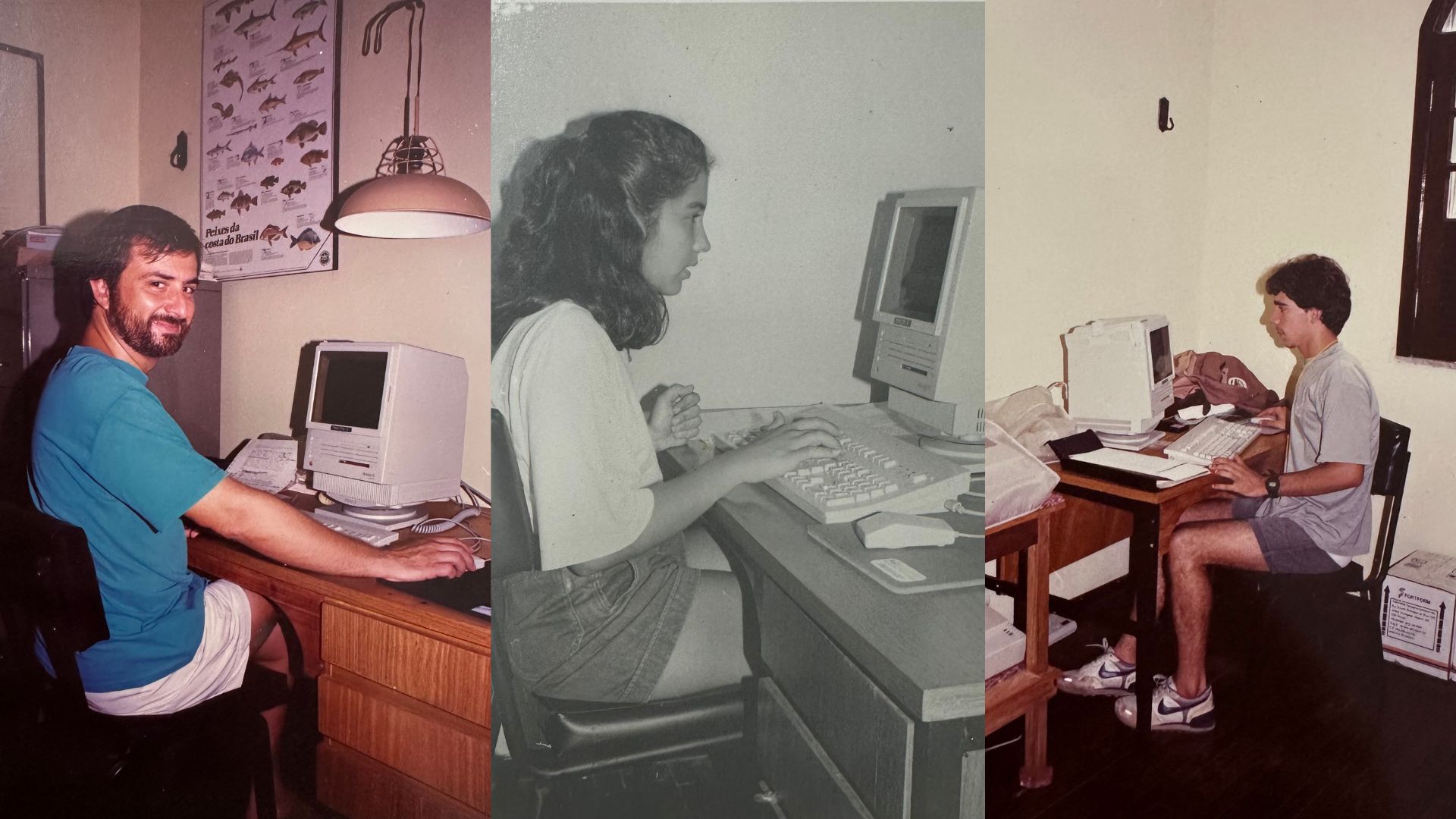
In the institute’s office, the group also faced the challenge of sharing the only three Macintosh computers available at the time among 15 researchers. “We had to make a schedule. So, if you arrived at Imazon at midnight, someone would be working. The same thing if it was 5 am or even Sunday,” reports Veríssimo.
New Generation of Amazon Expert Scientists
Although the organization’s first studies were published in 1990, it was in 1991 that researchers gained space in an international scientific journal, Forest Ecology and Management, with the article “Social, economic, and ecological consequences of selective logging in an Amazon frontier: the case of Tailândia”. Their presence was consolidated in 1992 and 1993, with publications also in the journals Environmental Conservation and Human Ecology. “In 1992, the first citations of Imazon in the press were also recorded. And, in 1993, the institute became more widely known,” states Veríssimo.

The birth of the institute also represented the emergence of a new generation of scientists specializing in the Amazon. This is because, at the time, Imazon researchers did not have much literature to rely on, as they were producing cutting-edge studies.
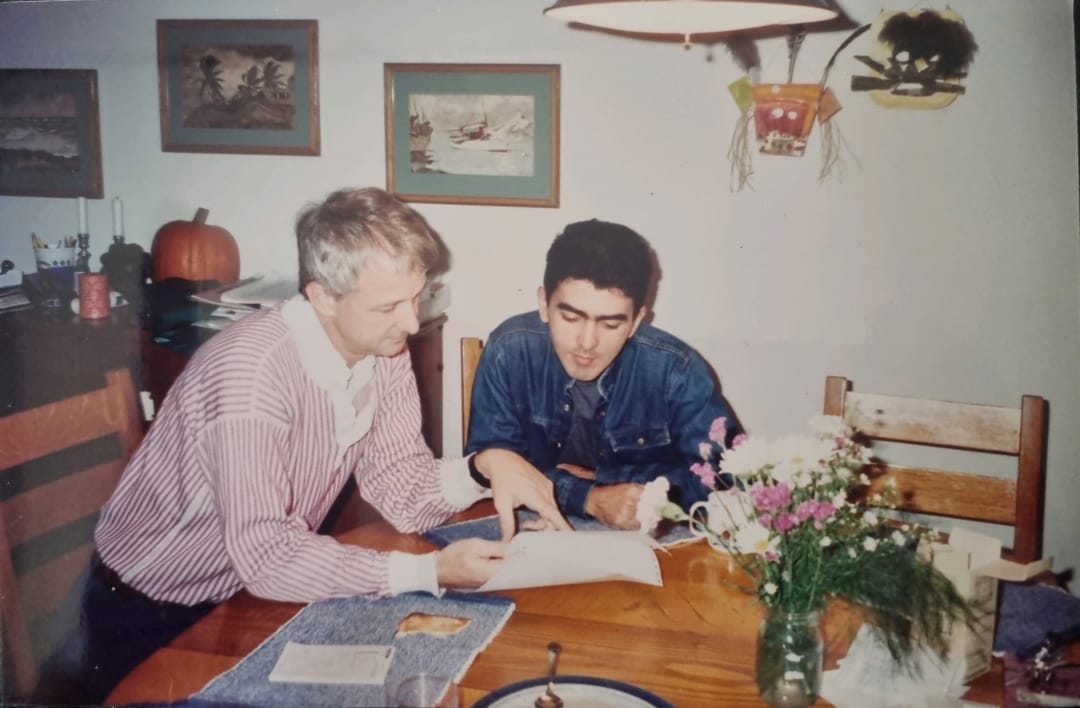
In addition to Veríssimo and Barreto, Uhl’s mentees at the beginning of the organization included researchers Carlos Souza Jr., a world reference in Amazon monitoring, and Paulo Amaral, one of the main scholars of sustainable management and use of non-timber forest products, municipal environmental management, and forest restoration.
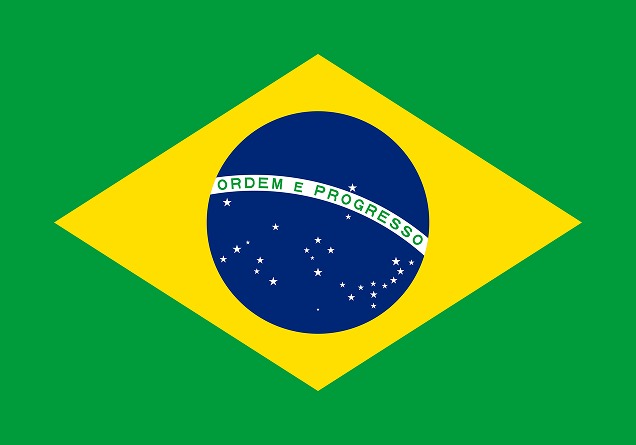 PT
PT
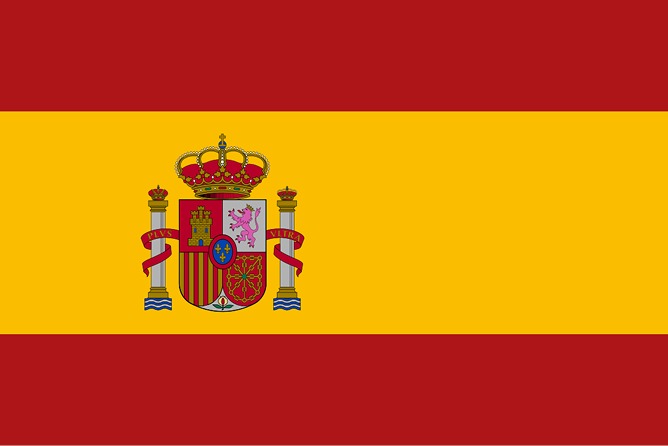 ES
ES
 EN
EN
